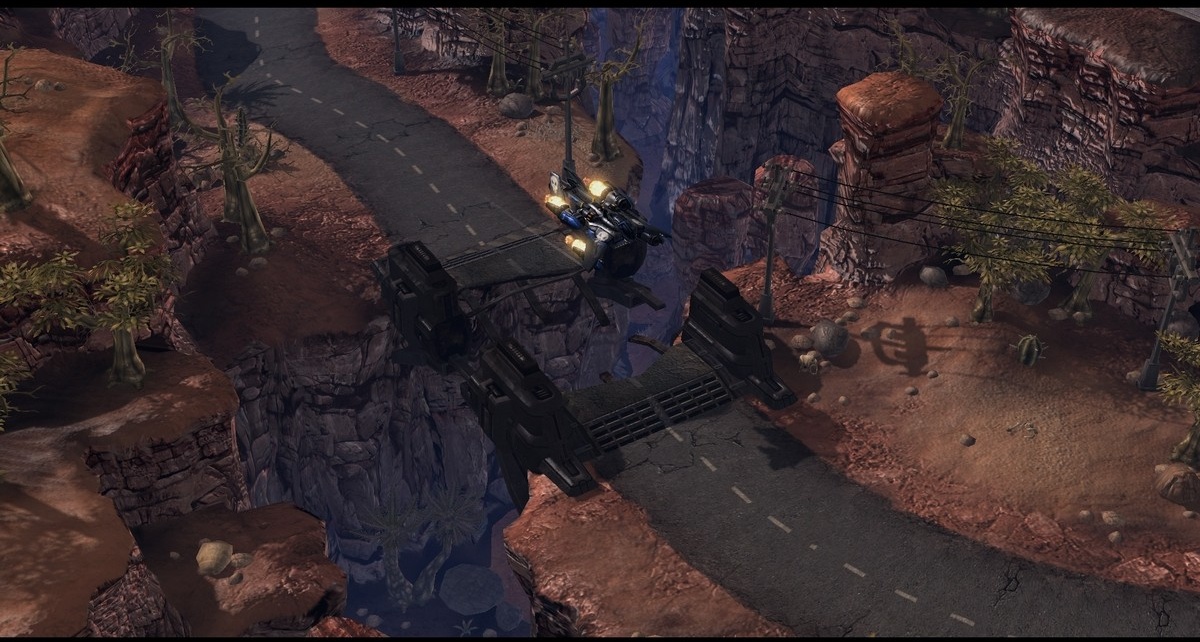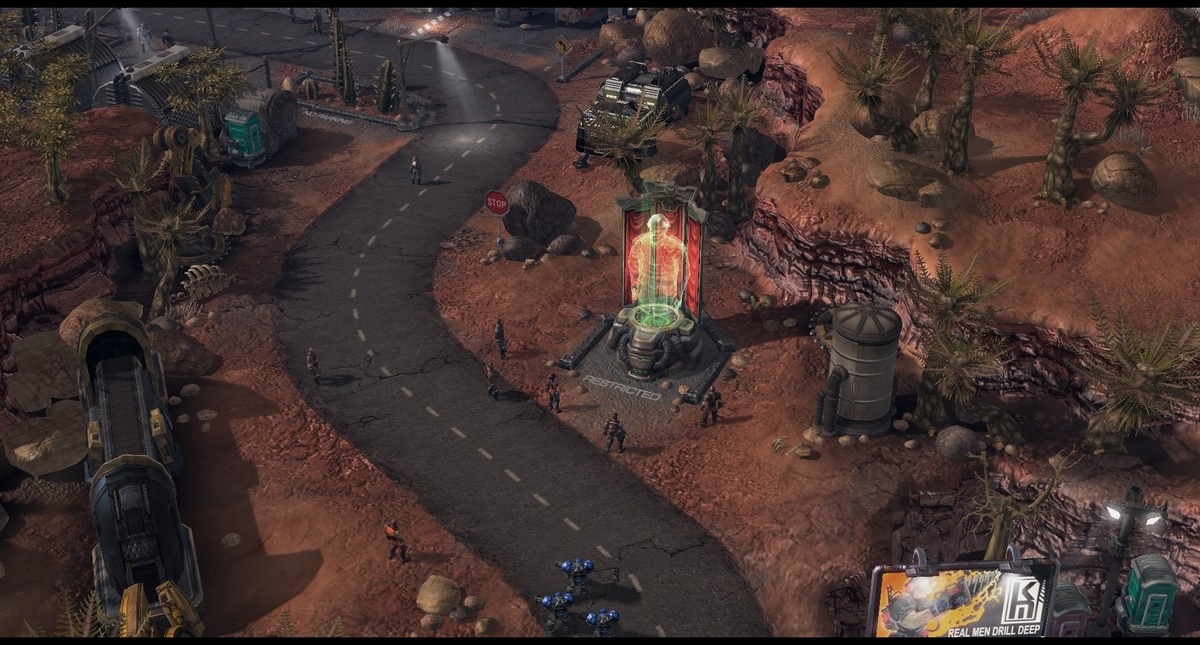Starcraft II: Custom Maps and Editor Panel
BlizzCon 2010: Blizzard shows off mods built by members of the Starcraft development team, including ones inspired by Left 4 Dead and Defense of the Ancients.
Who was there: Matt Morris (lead level designer on Starcraft II) was joined by Richard Khoo (senior level designer), Jason Huck (Starcraft II level designer), Matt Gotcher (Starcraft II level designer), and Justin Kalinchuch (data specialist).
What they talked about: The entire focus of the panel was Starcraft II mods developed by Blizzard employees and produced entirely with the Starcraft II editor. Morris started the panel by essentially pointing out that each of the mods on display at BlizzCon showcase a fundamental aspect of the editor, whether it’s the actual gameplay mechanics or finer details, such as the user interface. Morris went over some of the basic principles involved in making these mods, including things like fun factor. Morris said that fun factor comes first because it’s what drives the game. He went onto say that making something too complicated dilutes the fun and can turn off people attempting to play a custom map or mod for the first time.
Along those same lines, he stressed creating something that’s conceptually easy to learn. If the player’s been fumbling around for three to four minutes, and he or she is already losing, then there’s a good chance you’ve lost that player. He cited tower defense games as a concept that’s easy for a new player to understand and quickly figure out. Morris concluded by saying that feedback is incredibly important and that if you’re a map or mod maker, then you need to seek others out to get feedback on your project because it can make a major difference.
Richard Khoo then started speaking about Left 2 Die--the Left 4 Dead-inspired mod he developed. Much of the basis for the mod came from the campaign mission where players expand during the day and then defend their base from zerg-infected humans at night. Khoo said he was able to focus on a certain fun factor because so many people said they enjoyed that mission, as well as just being able to kill zombies. He then noted how the different personalities of the zombies permeate Left 4 Dead’s gameplay mechanics, and as such, he wanted to take a similar approach with his mod.
Much like Morris, Khoo stressed the need for mod designers to focus on the new player experience, stating that too many custom games are too difficult to play and normal users don’t necessarily have the same patience he has. He then said designers should go the extra mile and include things like loading screen tips or even give some hints in the dialogue.
Next up was Jason Huck and his mod Aiur Chef, which is more than just a play on the Iron Chef TV show’s name. In fact, the mod actually requires players to collect ingredients (using their characters) for recipes so that they can create specific dishes. It’s a competitive game that supports up to eight players and features three rounds of play. Interestingly, Huck said that the inspiration for this mod came from when he happened to find some fruit art assets in the Starcraft editor.
After Huck, Matt Gotcher took some time to talk about Blizzard DOTA, which is based on the very popular Defense of the Ancients mod created for Warcraft III. Gotcher said he took the base idea and then asked, “Wouldn’t it be cool if you could play as an iconic Blizzard character?” Blizzard DOTA features up to 12 heroes so far, and Gotcher made special mention of the character select screen that was built entirely using the dialogue trigger system in the editor. He also added that a bunch of people helping out on the project and that the feedback--both positive and negative--was instrumental in its design.
Finally, Justin Kalinchuch spoke about combining art assets with programming work through the actor data feature. He cited an example from Left 2 Die where they were using original Starcraft II assets, specifically the infected, but they were able to make them do different things. Another example was taking a standard protoss unit but changing the data in such a way that made it possible for players to control its movement using keyboard keys as opposed to just clicking a point on the map and making it move in that direction.
Kalinchuch also explained that designers can do really simple things through the actor data feature to make certain aspects of their games stand out. One example he showed was changing the tint on a unit and having it cycle to indicate that it’s capable of doing something different from other units. He also demonstrated effects via the missile mover system, which allows designers to mess around with the physics of projectiles.
The Takeaway: This entire session was a demonstration of what mod makers can and should do. The major points were to make things as simple as possible to ensure that designers don’t lose their audience within the first few minutes. Additionally, the discussion really showed a lot of flexibility with the Starcraft editor, and it seems that Blizzard really wants the community to fill in the content gaps between official expansions.
Got a news tip or want to contact us directly? Email news@gamespot.com


Join the conversation